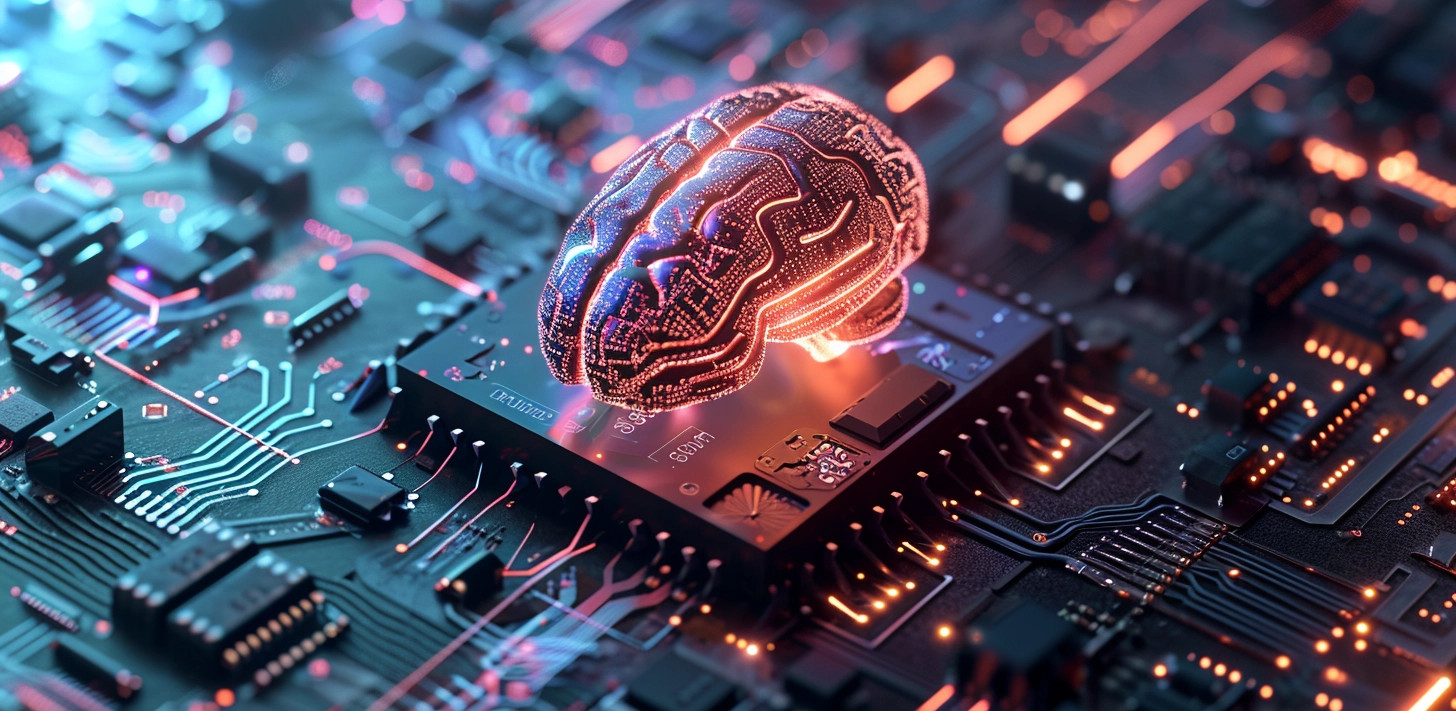In the evolving landscape of technology, neuromorphic chips emerge as a groundbreaking development, redefining the boundaries of computing. These chips, inspired by the human brain’s structure and functionality, promise to revolutionize how we process information and interact with our digital world. This article delves briefly into the core of what neuromorphic chips are and how they stand to benefit humanity.
The Brain-Inspired Technology:
Neuromorphic chips are a novel class of microprocessors designed to mimic the neural architecture of the human brain. Unlike traditional chips that follow the von Neumann architecture, neuromorphic chips process information in a way that mirrors how neurons and synapses communicate. This design enables a more efficient, parallel form of computation, resembling the brain’s natural ability to learn and adapt.
Efficiency and Speed:
One of the most striking advantages of neuromorphic chips is their efficiency. These chips are capable of processing complex tasks at a fraction of the energy required by conventional processors. This efficiency is particularly vital in an age where energy consumption and sustainability are global concerns. Additionally, neuromorphic chips excel in real-time data processing, making them ideal for applications requiring quick, adaptive responses, such as autonomous vehicles and advanced robotics.
Learning and Adaptability:
Perhaps the most exciting aspect of neuromorphic technology is its ability to learn and adapt. These chips are not just programmed to perform tasks; they can evolve their processing methods based on new information. This feature opens up new frontiers in artificial intelligence, where machines can improve and adapt without human intervention, simulating a form of artificial learning akin to human learning.
Applications in Artificial Intelligence:
Neuromorphic chips are poised to be a game-changer in the field of AI. Their ability to process information in an analogue manner, similar to the human brain, makes them exceptionally suited for pattern recognition, sensory data processing, and complex decision-making tasks. This makes them invaluable for advancing AI in areas like healthcare diagnostics, environmental monitoring, and even complex financial analysis.
Enhancing Human-Computer Interaction:
The future of human-computer interaction is also set to be transformed by neuromorphic chips. With their advanced sensory processing capabilities, these chips can lead to the development of more intuitive and responsive interfaces, bridging the gap between humans and machines. This could result in more natural speech recognition systems, sophisticated virtual assistants, and even AI-driven personal companions.
The benefits of analogue
In the realm of computing and electronics, the advantages of analogue over digital systems are distinct and significant, particularly in specific applications. Analogue systems, characterized by continuous signals, offer a high degree of fidelity and precision in representing real-world phenomena. This is because analogue signals can capture the nuances and subtleties of physical variables like sound, light, and temperature with a smooth, continuous representation, as opposed to the discrete and segmented nature of digital signals. This results in a more accurate and detailed capture of information, crucial in fields like audio and video processing, where quality and richness of content are paramount. Furthermore, analogue systems inherently possess a lower latency compared to their digital counterparts, as they do not require the complex conversion and processing steps of digital systems. This makes them ideal for real-time applications where speed and responsiveness are critical. Additionally, in certain scenarios, analogue systems can be more power-efficient, especially where the overhead of digitization and processing is not justified. This aspect is particularly relevant in the field of neuromorphic computing, where mimicking the analogue processes of the human brain leads to significant efficiency improvements. Thus, while the digital revolution has transformed the landscape of technology, analogue systems continue to hold their ground, offering unique benefits in scenarios where precision, fidelity, and speed are the key requirements.
Conclusion:
Neuromorphic chips mark a significant leap forward in the quest for more intelligent, efficient, and adaptable computing. By drawing inspiration from the human brain, these chips are not just a technological advancement; they are a step closer to blurring the lines between biological and artificial intelligence. As research and development in this field continue to accelerate, the potential benefits for humanity are vast and promising, paving the way for a future where technology seamlessly integrates with the natural world.
